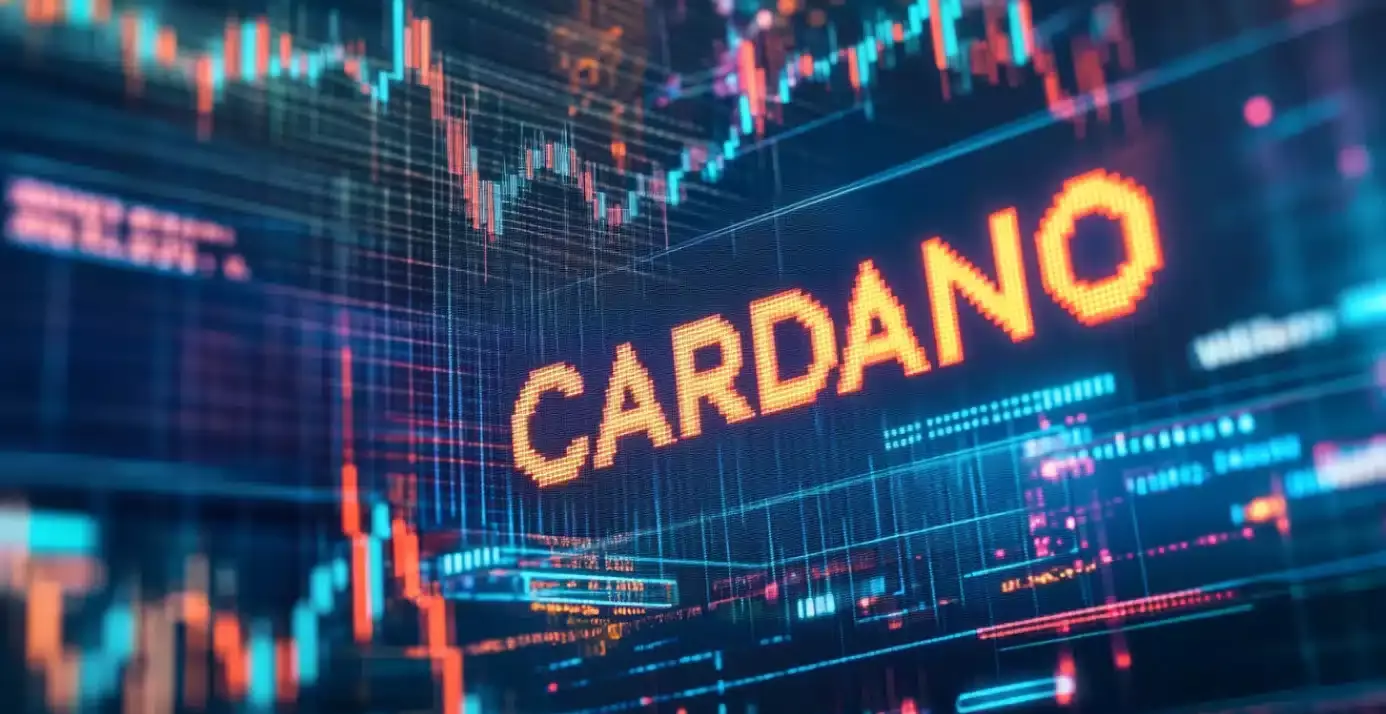Once hailed as the future of smart contracts, Cardano (ADA) now languishes in a profound bear market, having caved in by more than half from its exuberant peak last November. Its tragic trajectory has led it to a low of merely $0.615 on April 16, an unwavering echo of the broader malaise afflicting prominent layer-1 cryptocurrencies like Avalanche (AVAX) and Solana (SOL). As the digital landscape shifts with fervor, one cannot ignore the bitter truth: Cardano’s performance is an emblematic representation of missed opportunities and unsustainable hype.
Comparative Disappointment with Altcoins
The stark contrast between Cardano and Bitcoin (BTC) is a tale of two narratives. While Bitcoin recently broke new ground, most altcoins—including Cardano—remain trapped in economic quagmires far below their previous peaks. This downturn is not merely a market fluctuation; it’s symptomatic of a deeper issue: the propensity for speculative bubbles within the crypto sphere. Cardano’s failure to attract a robust developer community for its layer-1 and layer-2 capabilities casts a long shadow, dubbing it a “ghost chain” amidst more vibrant contenders.
In an age where innovation is everything, Cardano’s total value locked (TVL) of just $300 million stands in stark contrast to burgeoning networks such as Binance and Aptos, highlighting its status as a fading player in the cryptographic game.
Pockets of Hope amidst Despair
However, amidst the relentless gloom, a flicker of hope emerges. The company’s upcoming integration with BitcoinOS, which promises to utilize zero-knowledge cryptography for Bitcoin holders to create passive income streams, serves as a point of potential redemption. This approach, stripping away ineffective intermediaries and fostering direct interactions, could resuscitate interest in Cardano’s ecosystem. Charles Hoskinson, the visionary behind Cardano, passionately argues that this alignment with Bitcoin could funnel billions into the network—an optimistic scenario in dire need of realization.
Technical Analysis: A Dual-edged Sword
A closer examination of Cardano’s weekly chart reveals a complex narrative of both struggle and resilience. After peaking at $1.323 in November, it has found strong support at the 100-week Exponential Moving Average, an indication that bullish forces might still exist amidst the bearish clouds. The emerging bullish falling wedge—a pattern characterized by converging trendlines—suggests an impending rebound could reshape expectations. Yet, skepticism lingers.
While some technical indicators hint at a “second wave” rally akin to the Elliott Wave theory, the unforgiving reality remains: for Cardano to climb back to prior glory, it needs momentum that’s far from guaranteed. Speculation aside, a true 400% rally this year seems more like an idealistic dream, reliant on multiple, albeit precarious, converging factors.
The crypto market is a vast ocean of opportunity and peril, and Cardano currently finds itself more out at sea than basking on the shores of success. Its strive for survival is marred by restrictive realities, yet the promise of innovation like BitcoinOS ignites a cautious optimism. Can Cardano turn the tide, or will it continue to drift into obscurity? Only time and, perhaps, a strategic pivot will tell.


Leave a Reply